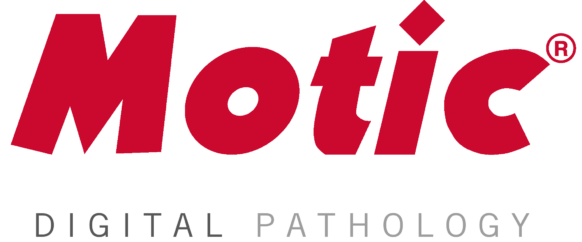BCC Research Publishes New Report on Global Market For Digital Pathology and Telepathology
According to a new technical market research report Digital Pathology: Technologies and Global Markets, from BCC Research, the global market for digital pathology and telepathology was valued at $2 billion in 2012 and was estimated at nearly $2.2 billion for 2013. BCC Research expects the market to grow to nearly $4.5 billion by 2018, and register a five-year compound annual growth rate of 14.7% from 2013 to 2018.
The radiology industry has recently witnessed radical digital innovation similar to that which was experienced by the lab medicine and pathology segments. Digital intrusion has made handheld X-ray films redundant and instead transformed them into computer screen images. These computer images have now become the new industry norm. Significant strategic investments have been made by many service providers in the digital pathology segment to facilitate better education, research, and diagnosis. Advancement in Internet technology has enabled real-time access to video-stream images in hospitals and labs.
The pathology system’s features and benefits differ from one company to the next. Each company’s system displays vary in scan speed with proprietary software technology and support backups. The key to succeed in this market is to have a setup with a system design for pathologists that is practitioner-centric. A collaborative approach is necessary to successfully meet end-user needs.
The FDA is intensely precise during its approval processes for diagnostic image scanning. Outcomes from these trials will shape digital diagnosis in the future. At the center of the scrutiny is the question of effectiveness and accuracy of digital diagnosis over microscopic diagnosis and whether pathologists are able to make the same diagnoses from images. HER2 image analysis is one subset of analysis that the FDA has already approved.
Automation has enabled easier access to pathology expertise. Experts located remotely can diagnose from images, thereby facilitating timely treatment. This phenomenon might lead to a sort of reversal of outsourcing, as the vast pool of trained pathologists in developed countries will be tapped by the underserved countries with high disease burdens. Imaging quality has progressed over the years, with greater clarity of slides that can be easily viewed up to 40x. Further improvements and greater accuracy are likely to happen rapidly as competition picks up. Improvements in operational efficiency, reductions in laboratory expenses, novel treatment options and better patient care are the factors driving growth of the digital pathology market.
This technical market research report from BCC Research provides an overview of the global digital pathology and telepathology markets. It includes forecasted trends and sales in the digital pathology and telepathology markets through 2018. Key market participants, extensive product segments, supporting technologies, trends and market dynamics, competitive intelligence and regional trends are discussed. There is a detailed discussion on market dynamics and the level of impact, key geographies and respective trends and competitive scenarios that will form the base data for qualitative analysis and market estimates.
The intended audience for this report includes digital pathology component manufacturers and potential entrants; manufacturers of digital in vitro diagnostic (IVD) devices and potential entrants; key software companies involved in delivering storage, analytics, and communication platforms for digital pathology systems; service providers; systems integrators; dealers, distributors, and service providers of digital lab equipment and devices; pharmaceutical and other life science companies; and research institutes.
Read the full story at http://www.prweb.com/releases/2014/03/prweb11641155.htm
Read more: http://www.digitaljournal.com/pr/1774039#ixzz37JIsCXkn
































